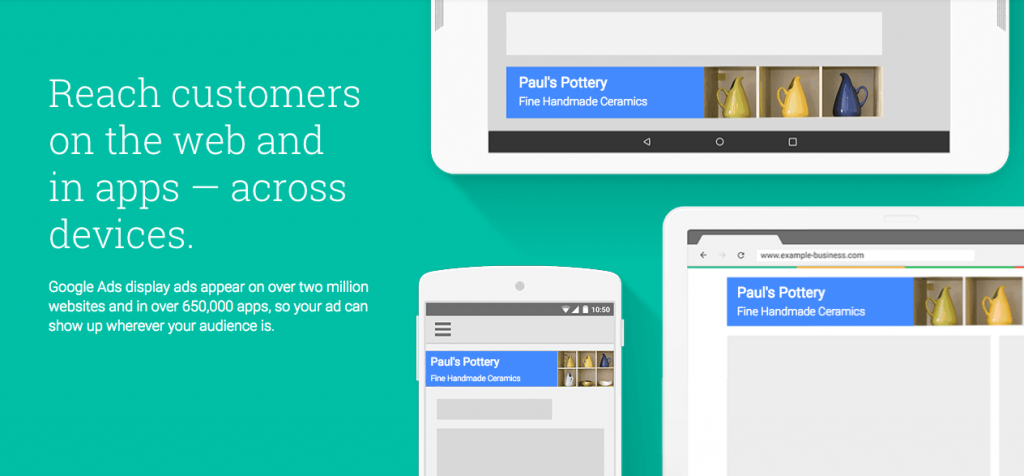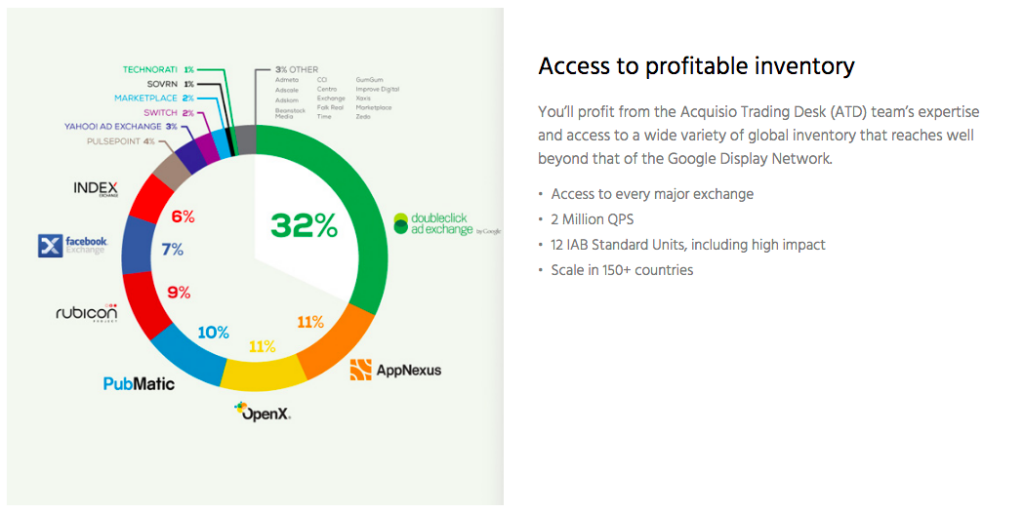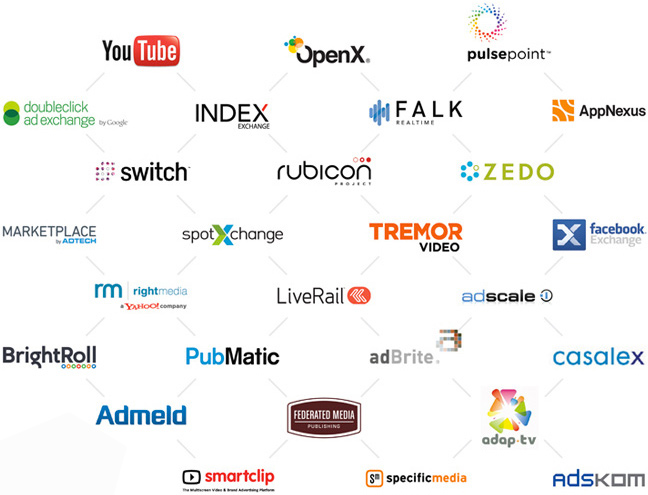With so many misconceptions about display advertising floating around out there, it can be difficult for any marketer to wrap their mind around the differences between GDN and DSP – let alone choose which one would be most profitable for your business.
Ready to learn more about display advertising? Let’s dive in!
What’s the Difference Between GDN and DSP?
GDN is an ad network of publishers and suppliers while DSP is a demand side platform.
GDN refers to the Google Display Network, which is a network of publishers already on AdSense that have signed up for GDN. Marketers using Google Ads can bid on display advertising options and use data already in Google to target those ads. It’s an easy way to reach targeted audiences, especially if you’re already familiar with and using Google’s marketing tools.

Demand Side Platforms, or DSPs, are third-party platforms that let you bid on or buy ad inventory from multiple sources at the same time. You can buy directly from publishers and via multiple ad exchanges — including Google’s GDN network, which is listed as AdX with relevant DSPs.
While DSPs don’t ensure access to Google’s data banks, they do offer access to wider ad inventory opportunities. Plus, most DSPs are connected to more data aggregators, so they have access to very large data banks themselves.

DSPs are strictly focused on ad buying for the demand side with no conflict of interest, as they don’t serve the publisher or supply side. Removing that conflict in representing both the buy and sell side in an auction environment is important, especially for buyers at higher budget levels. With a lot of marketing money at stake, it’s important to have a partner that’s only incentivized to act in the advertiser’s best interest.
When is GDN the Right Choice for Display Advertising?
GDN is a fast, easy solution for marketers already working with Google Ads, making it a go-to choice for smaller businesses or those that aren’t doing a lot of diverse advertising. GDN may be the first choice for you if:
- You mainly work within a Google Ads environment for display ads and don’t plan on branching out
- You aren’t trying to target a very specific audience that may interact with online properties that aren’t part of the GDN network
- You want to advertise with display ads on YouTube
- Your display ad budget is less than $5,000 a month (although some DSP service providers don’t have monthly minimums)
YouTube Display Ads Are Only Available Through GDN
YouTube display ads used to be available for programmatic bidding, but Google recognized the high value of ads on this network and locked down display options to GDN. While you can still access video advertising outside of GDN, if you want to target YouTube audiences with display ads, you’ll have to go through Google’s network.

GDN Supports a Streamlined Approach
By keeping marketing efforts on the same platform, you make reporting, budgeting and managing campaigns that much easier. Google’s recent rebranding of properties such as DoubleClick has gathered ad tools under the same umbrella: Google Marketing Platform and Google Ads.
There’s no ‘i’ in team, but there are two in Display and Video 360. Learn how marketing teams collaborate better in a single platform → https://t.co/rGF0pMC3oU pic.twitter.com/FnTKICVpOh
— Google Marketing Platform (@GMktgPlatform) August 17, 2018
Using GDN for display marketing lets you leverage the data and reporting you already use with search marketing and other efforts. It also makes it possible to create supportive campaigns through crossover marketing between search, display and other formats that drives holistic branding and awareness online.
When Should You Turn to DSPs for Display Advertising?
GDN reaches 2 million partner sites out of approximately 644 million active websites on the internet. DSPs have greater reach because they are connected to all major ad exchanges and ad networks, including GDN.

Larger organizations, which typically have more marketing resources, may want to opt for DSP out of the gate because of the guaranteed addition in reach and additional flexibility in targeting.
How to Choose the Right DSP for You
Selecting a DSP that can meet your needs is a critical step to ensuring success. Here are some things to consider as you shop demand side platforms:
- Allocation of ad inventory. You don’t have to choose a DSP purely for display marketing. Take stock of your advertising mix and choose a partner that has ad inventory with all the types of media you want to use and the functionality to support bidding and buying easily across all channels. For example, with radio targeting or connected TV targeting.
- Projected volume. If you have a large volume of ad inventory or support multiple brands or products, it might make sense to work with more than one DSP. Consider whether the volume and variety of advertising requires that diversity and whether your resources — both internal and outsourced — can keep up with account management, analysis and daily trading across multiple platforms.
- Alignment with personal or team preference. If you’re outsourcing display ad management, your partner may have established relationships with DSPs, which makes this step easy. If you’re using internal teams, get their feedback so you can choose platforms that work with existing systems and needs.
Can You Use GDN & DSP Simultaneously?
If you can get the best of both worlds, why not? Some brands do use multiple platforms at the same time, whether that’s a pairing of GDN and DSP or two or more DSPs. The warning here is not to exceed your resources; working in multiple platforms doubles reporting work and requires logging in to manage disparate bidding structures. Without very careful management, it’s easy to double bid, unbalance campaigns or exceed budgets. That said, expert management services are available for GDN and DSP advertisers.
The Big Takeaways on GDN vs. DSP
While GDN tends to be easier for marketers already keeping everything under Google’s purview and allows access to display ads on YouTube, DSP is likely a more suitable choice when you’re targeting very specific niches or running larger campaigns with resources that let you spread out over multiple channels or platforms.
So to wrap it all up, there isn’t really a “better” choice per say when it comes to display advertising on GDN versus the DSP, there’s just the choice that’s better for you and the needs of your business.
Image Credits
Feature Image: Unsplash / John Schnobrich
Image 1: via Google
Image 2, 4: via Acquisio
Image 3: via Think with Google



